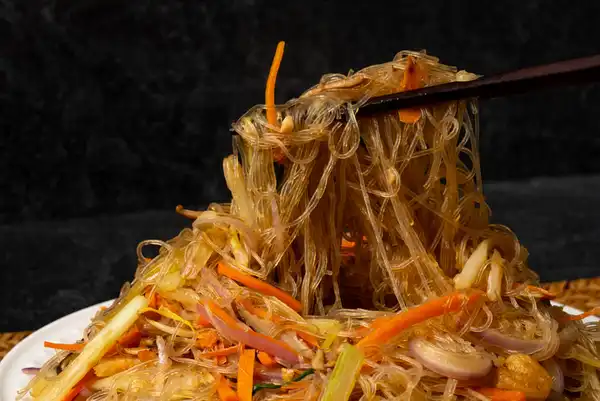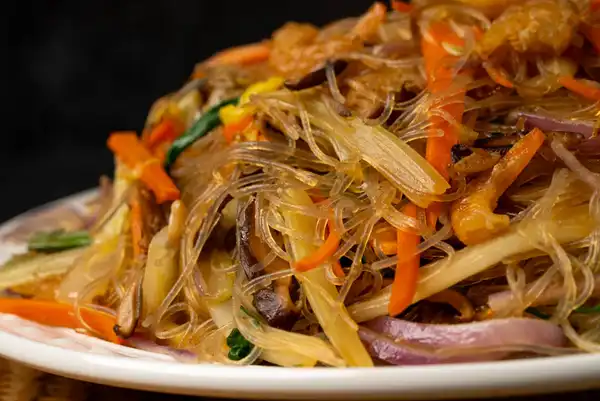Every family's Lunar New Year feast is a bit different. For some, meaty Cantonese classics such as Siu Yuk and White Cut Chicken are a must. For others, the holiday wouldn't be complete without plenty of seafood, like Lobster Yee Mein and Abalone with Lettuce. Filled with symbolism, noodles are another essential and one of my family's favorite preparations is this Stir-Fried Vermicelli (蝦米炒粉絲).
The star ingredient is mung bean vermicelli. My dad has used the noodles in Egg Rolls, Steamed Garlic Shrimp and other dishes and it's an ingredient we recommend having on hand all the time. Two other Chinese pantry staples (dried shrimp and dried shiitake mushrooms) make an appearance to add flavor and texture.
While stir-fried vermicelli is known as a Chinese New Year dish, the crowd-pleaser is great for everyday dinners, too. With my dad's tips, this vermicelli is easy enough to make anytime you're craving a comforting Chinese meal!
Check out a quick story summary of our recipe!



